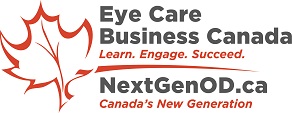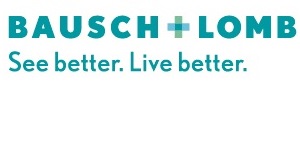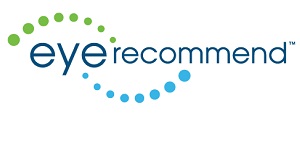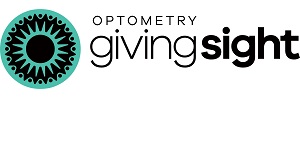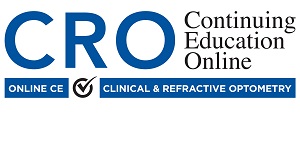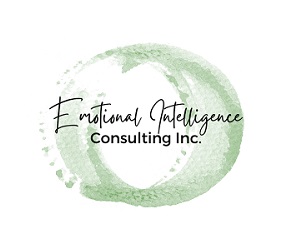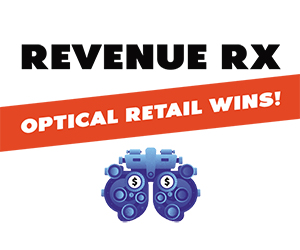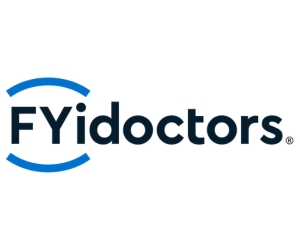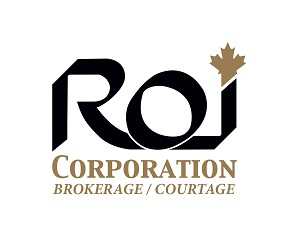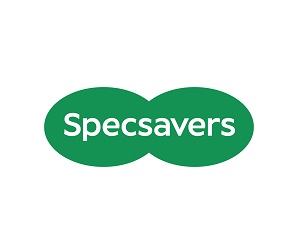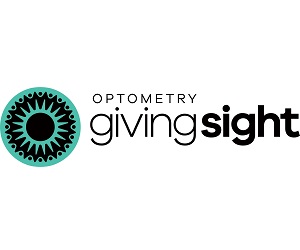
Not long ago, I had an insightful conversation with an optometry student, bursting with energy, excitement, and dreams of soon becoming a Doctor of Optometry. As we spoke, their passion for the field was clear, but so was a perspective that gave me pause: a somewhat paternalistic view of patient care.
This wasn’t a unique flaw but rather an understandable outcome of his eagerness to help. However, it sparked a much-needed dialogue about how we, as optometrists, empower patient’s choices or potentially limit them.
During our exchange, I saw his genuine concern over how he might come across as “pushing” patients toward expensive or unnecessary treatments. His trepidation mirrored a fear many young professionals face: being seen as a salesperson rather than a healthcare provider.
It was then I felt compelled to offer a candid reply: “We are not drug dealers; we are doctors.” Those words seemed to strike a chord, sparking a shift in our discussion, and brought into focus the essence of patient care—empowerment through informed choice.
Shifting the “Pushing” Paradigm
The student’s reluctance to recommend more expensive options, for fear of pushing patients, brought up key questions. Is it truly “pushing” when we present a range of solutions to improve patient outcomes?
Are we not duty-bound to educate our patients on the full scope of treatments available to them, from basic to advanced?
In our profession, it’s easy to shy away from discussions about cost, but doing so may lead to unintentional harm. By not informing patients of all their options, especially those beyond the immediate scope of our clinics, we risk depriving them of the chance to make the best decision for their vision and health.
This raises critical considerations:
- Are we conscious of each patient’s financial situation?
- Do we provide enough information to empower them to choose?
- How do we ensure we are guiding without overwhelming?
It is imperative that we see these interactions not as sales opportunities but as moments to educate, guide, and empower.
The Power of Informed Choices
Every patient has the right to fully understand their condition and the possible interventions available to them—whether it be a simple corrective lens or a state-of-the-art treatment.
The notion of concealing the “best” or more expensive options can backfire. Without offering a comprehensive view, we may create an information void that limits the patient’s ability to choose freely and wisely.
Even worse, if the initial treatment fails, and the patient later discovers that advanced options existed all along, it can erode their confidence in both the doctor and the treatment process. Transparency builds trust, withholding creates doubt.
Educate Without Overwhelming
Patient education is the cornerstone of our profession, but it requires balance. Too much information at once can overwhelm, too little can misinform. To achieve this balance, I recommend blending both verbal explanations with digital or printed resources.
Additionally, for more complex conditions like Myopia Management, using a “drip” approach — introducing information gradually — can help patients absorb and understand their choices over time.
Early intervention is key, but so is presenting options in a way that patients feel empowered to choose. This dialogue is where we must excel.
Guide the Conversation, Not the Sale
There’s a fine line between presenting options and dictating choices. It’s not enough to offer a buffet of treatments and expect patients to navigate these options alone.
Our role is to guide them, present the full spectrum of treatments, and create a space for personalized dialogue.
In these moments, it’s essential to engage in meaningful conversation—one that considers their lifestyle, financial priorities, and health goals.
By doing so, we help them see beyond immediate costs and consider long-term benefits, ultimately allowing them to make the decision that feels right for them.
Case in Point: A Lesson in Offering Without Judgment
One patient stands out in my mind as a perfect example of why this comprehensive, judgment-free approach matters.
A woman who identified as low-income came into my clinic seeking solutions for her vision issues. During our discussion, I offered her several options, including a premium-priced treatment: contoured prism lenses.
Despite the cost, she ultimately chose the more expensive solution, drawn to the potential for better comfort and improved vision. Her results were nothing short of remarkable.
This experience reaffirmed for me that offering patients the best solutions, without presumption about their financial capacity, is key to empowering them to take control of their own care.
Be the Doctor, Not the Salesperson
At the heart of optometry is the doctor-patient relationship—a dynamic that is built on trust, information, and respect. We are not here to sell products, nor are we here to judge what a patient can or cannot afford. Our responsibility is to ensure that patients have the tools they need to make informed choices about their health.
By fostering an environment of open dialogue, presenting a full range of options, and respecting their autonomy, we do far more than treat their eyes. We empower them to take ownership of their vision and, in turn, their lives.

DR. TREVOR MIRANDA
Dr. Miranda is a partner in a multi-doctor, five-location practice on Vancouver Island.
He is a strong advocate for true Independent Optometry.
As a serial entrepreneur, Trevor is constantly testing different patient care and business models at his various locations. Many of these have turned out to be quite successful, to the point where many of his colleagues have adopted them into their own practices. His latest project is the Optometry Unleashed podcast.
